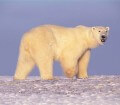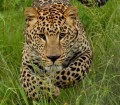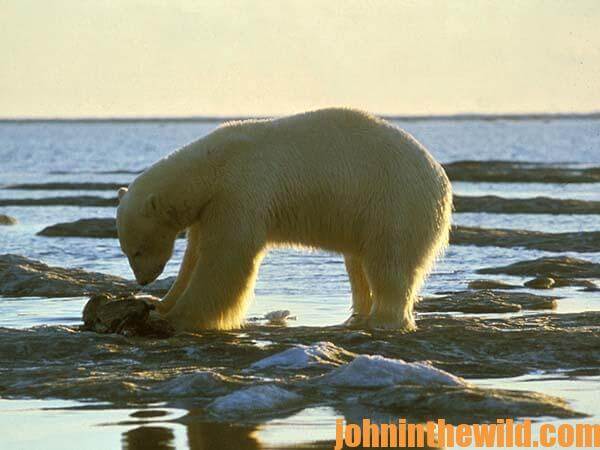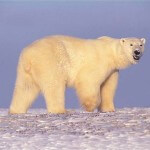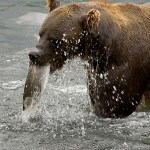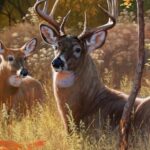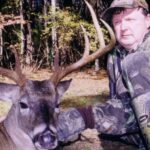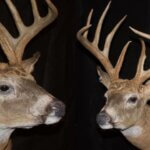Editor’s Note: Dyrk Eddie of Kalispell, Montana, is the CEO of Telmon, Inc., and hunts bears and other big game with his PSE (http://pse-archery.com) bow. He and his father were two of the last hunters allowed to take grizzly bears in the lower 48 states. But bears aren’t the only dangerous situations Eddie has found himself in while hunting. He worked for a guiding service in high school and borrowed the money to go on his first sheep hunt when he was only 17-years old. He’s taken the Grand Slam of sheep with his bow, a quest that took 29 years. He took his first Pope & Young animal with a bow in 1979 and has shot PSE bows all his life.
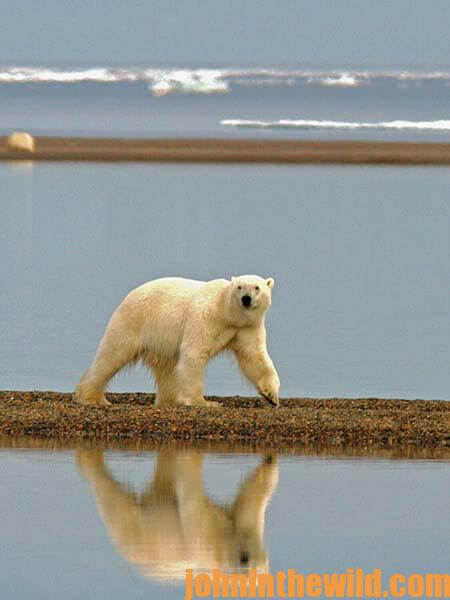 My polar bear hunt was the only time I could remember my wife cringing about one of my hunts.
My polar bear hunt was the only time I could remember my wife cringing about one of my hunts.
She knew a polar bear would eat a hunter, because a polar bear knew anything on the ice that wasn’t white was good to eat. Riding on a snowmobile to hunt bears at that time was illegal, so I had to ride in a dogsled. The first day of the hunt, we were setting-up our tent after riding all day when we spotted a small polar bear coming across the ice. He wasn’t one we wanted to take, and he wasn’t afraid of us at all. Several of my friends who had hunted polar bears took their bears when the animals came into their camps looking for food. We were hunting in 30- to 40-degree below-zero temperatures, and the wind was howling. We had a whiteout and couldn’t see our hands in front of our faces. We couldn’t travel or do anything. All we could do was sit in the tent and wait for the weather to clear.
Polar bear hunting is dangerous enough with a gun but even more dangerous with a bow.
You always need your guide to have a backup gun in case the bear charges, because polar bears rarely bluff. When I took a look at the gun my guide was using for a backup, I saw it was really rusty. The guide tried to shoot the gun at a seal, and it wouldn’t shoot. I started thinking, “Holy moly. We’re hunting a polar bear, hoping to bay him up with dogs and shoot him with a bow and arrow, and the backup gun doesn’t even shoot.”
I didn’t know why my guide even had his gun out..
 However, my guide didn’t seem too concerned and almost acted like, “If the bear eats you, he just eats you. That’s too bad.” I never really felt safe on this entire hunt. We had another slight problem. My Eskimo guide spoke no English, and I couldn’t speak Inuit. The guides tried to speak English, but I couldn’t understand them. They spoke to each other in Inuit, and I had no idea what they were saying.
However, my guide didn’t seem too concerned and almost acted like, “If the bear eats you, he just eats you. That’s too bad.” I never really felt safe on this entire hunt. We had another slight problem. My Eskimo guide spoke no English, and I couldn’t speak Inuit. The guides tried to speak English, but I couldn’t understand them. They spoke to each other in Inuit, and I had no idea what they were saying.
Finally we found a fresh polar bear track and began to chase the bear in the dogsleds.
When we caught-up to the bear, the guide turned two of his dogs loose to bay the bear. I got within 40 yards and put an arrow into the bear right behind the shoulders. Usually on a hunt for dangerous game, there’s one moment in the hunt when you feel like you may be in a life-or-death situation, but I felt that way during this entire hunt.
The weather was extremely cold. While we were in the tent for 3 days during the whiteout, I constantly was wondering what would happen if a bear found us before we spotted him. Then when we finally found a bear track and tried to catch up to him, I was concerned about the rusty gun that didn’t shoot being my only backup if the bear charged. I can’t say I ever really felt comfortable from the time I got into that dogsled, until the bear was laying still on the ice.
To get John E. Phillips’ Kindle ebooks, The Most Dangerous Game with a Bow: Secrets of the PSE Pros, and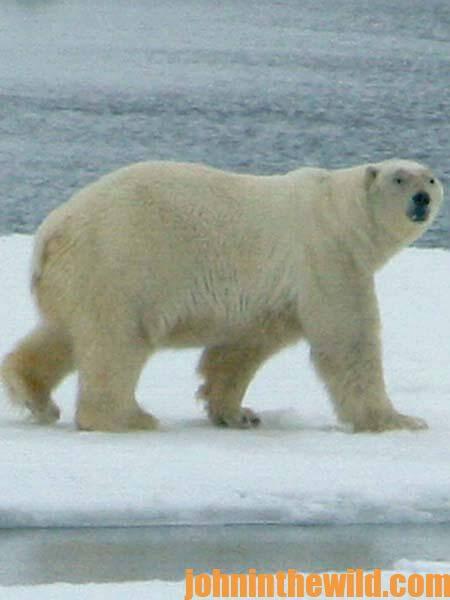 Bowhunting the Dangerous Bears of Alaska,” click here.
Bowhunting the Dangerous Bears of Alaska,” click here.
About the Author
John Phillips, winner of the 2012 Homer Circle Fishing Award for outstanding fishing writer by the American Sportfishing Association (AMA) and the Professional Outdoor Media Association (POMA), the 2008 Crossbow Communicator of the year and the 2007 Legendary Communicator chosen for induction into the National Fresh Water Hall of Fame, is a freelance writer (over 6,000 magazine articles for about 100 magazines and several thousand newspaper columns published), magazine editor, photographer for print media as well as industry catalogues (over 25,000 photos published), lecturer, outdoor consultant, marketing consultant, book author and daily internet content provider with an overview of the outdoors.

